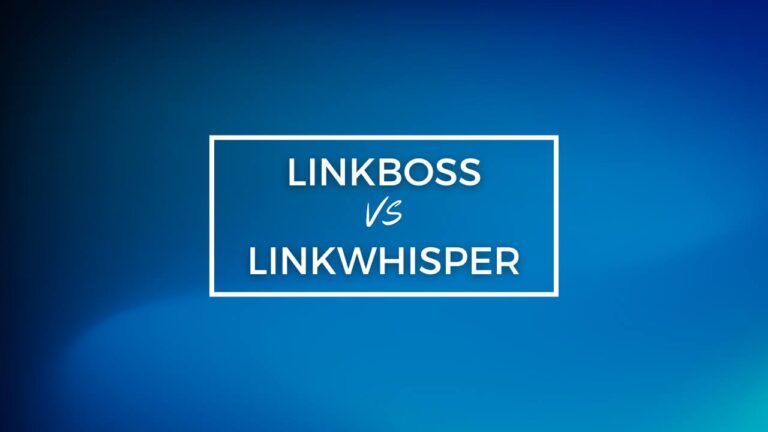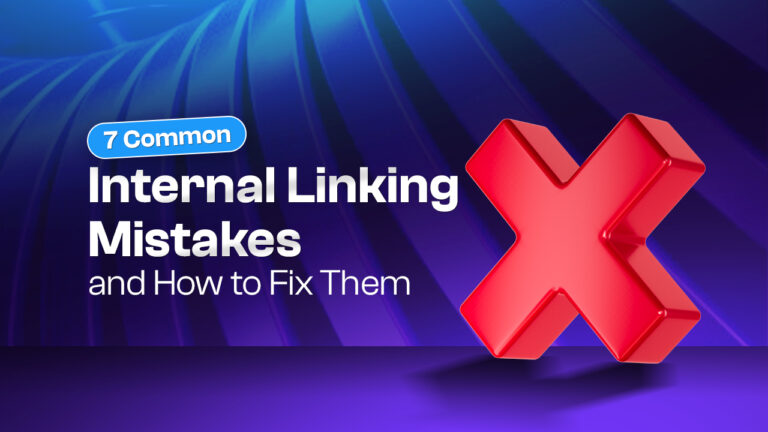SEO without internal linking? You’re leaving traffic on the table!

Effectiveness of Internal Linking is an open secret now.
From our previous experiences, we drove significant traffic through effective internal linking. Internal linking is such an approach that not only increases the traffic but also helps your website gain topical authority.
In this content, I will demonstrate exactly how we achieved that success through the strategic implementation of internal linking.
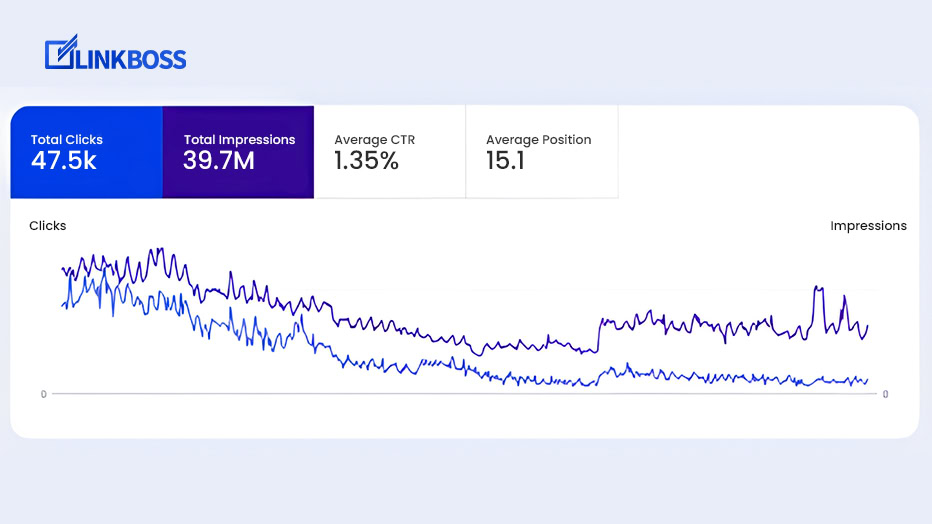
We’ve achieved 3.6 M impressions with 1.2 % average CTR by strategic implementation of internal linking. It is not utmost impossible to gain like this.
Let’s see how to turn belief into reality.
Why Does Internal Linking Matter?
Search engines rely on relevant links to discover and index content. A well structured internal link system assures that crawlers can access important pages.
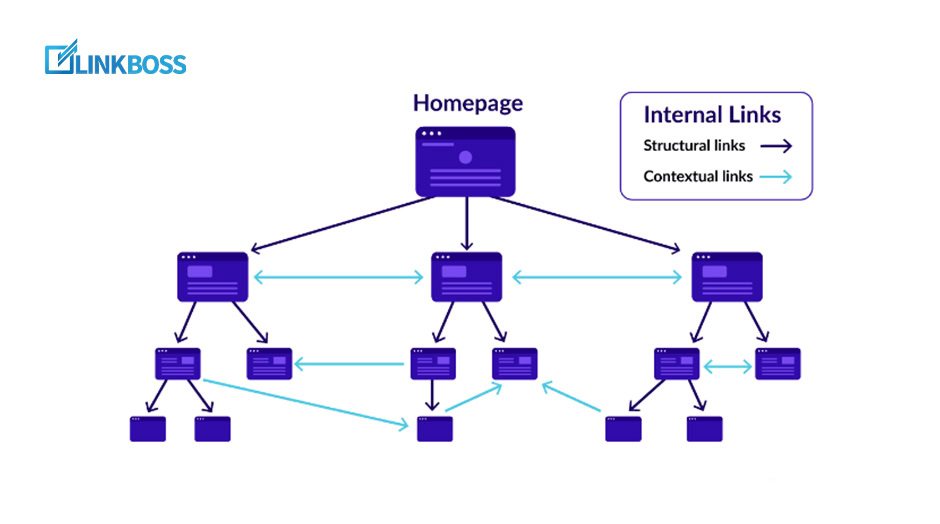
Here, you can see a diagram. This shows a website’s internal link structure that is highlighting better navigation and contextual links.
By doing the proper internal linking, all the pages become easily accessible to both users and search engines. Thus, it improves crawl efficiency and helps establish a clear hierarchy of content. With the proper internal linking, the chances of getting topical authority increases. And, Yes topical authority is built through relevant internal links.
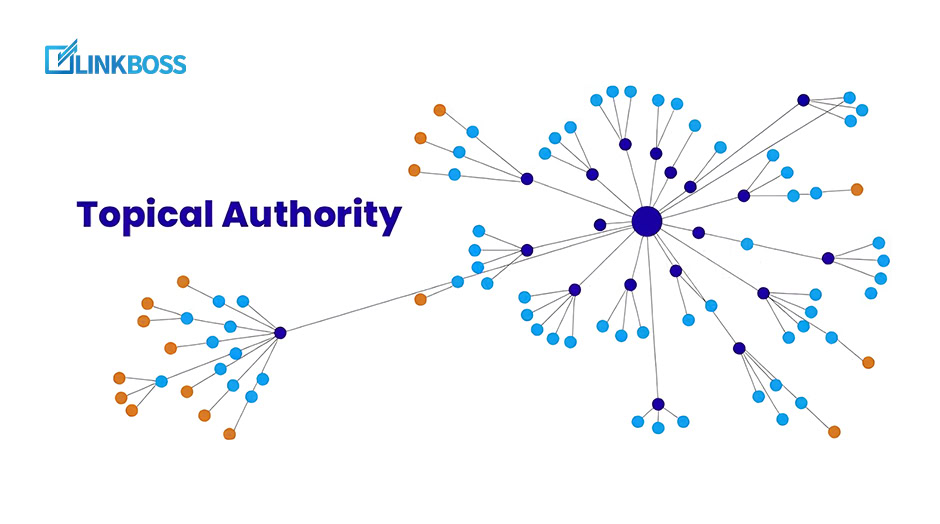
Internal links connect content within the same subject cluster, signaling to Google that your site is an expert on that topic.
“You should look at it in a strategic way and think about what you care about the most, and how you can highlight that with your internal links.”
John Mueller, Senior Search Analyst, Google
By strategically placing links, you can guide both users and search engines, improving the site’s SEO performance. So, this is why internal linking matters for crawl efficiency, indexation, and topical authority.
How Can Internal Linking Improve SEO?
To drive massive traffic, it’s essential to link pages with each other on your website. This not only reduces the number of orphaned pages but also decreases the chance of a high bounce rate. By properly implementing internal linking, the chances of obtaining impressions from the SERP increase.
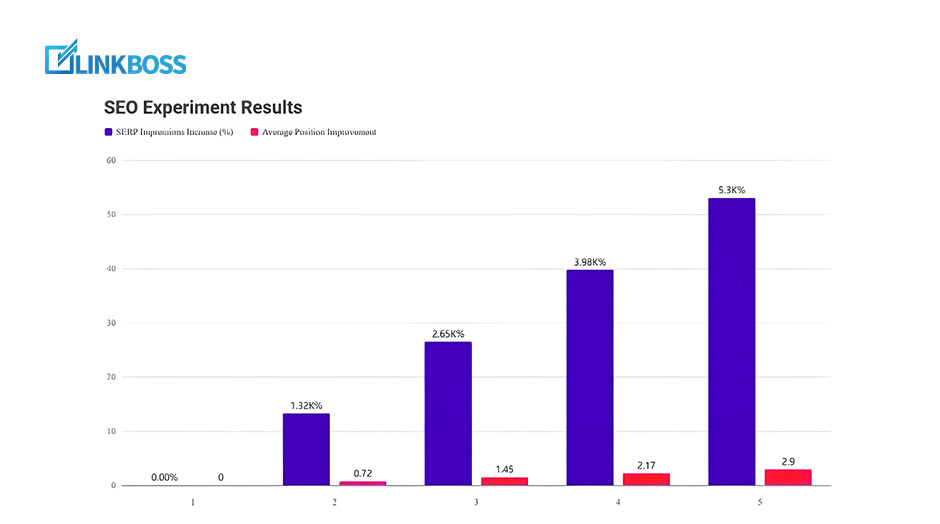
According to SEO manager Nicola Hughes, “53% Increase in SERP Impressions from Internal Linking.” In his experiment, it was shown that there was a 53% increase in Search Engine Results Page impressions and an average position improvement of 2.9 spots.
Now, let’s see which specific benefits you will get in SEO after improving the internal linking system:
Improved Crawlability and Indexing
The first and foremost benefit that you will get is better crawlability and faster indexing. Improved crawlability allows the search engine bots to crawl your website efficiently.
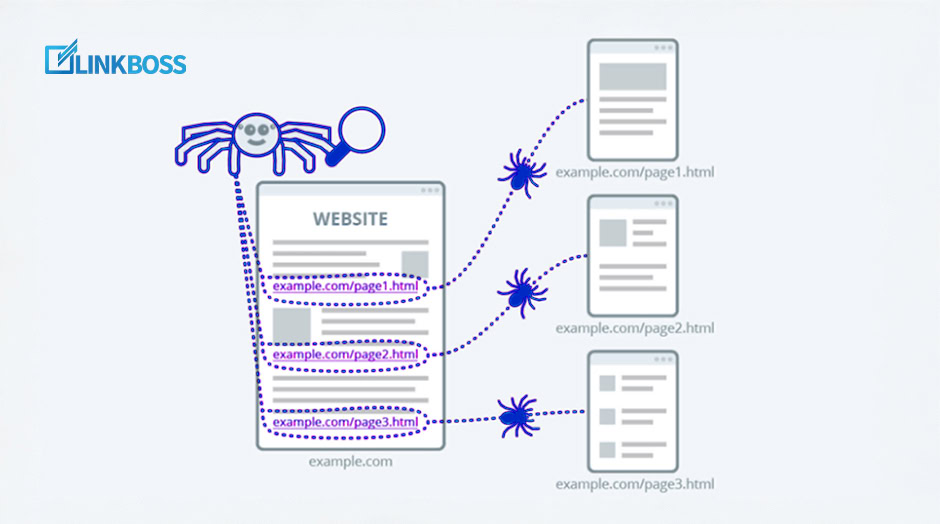
Proper internal linking facilitates easy navigation for bots and demonstrates that you have included all relevant content on your website. This keeps your audience engaged with every piece of content and helps them find all essential information on your website. Consequently, all your content will be indexed in the fastest time possible.
Prevents Orphan Pages
Orphaned pages are those that are not linked to any other pages on your website.

These types of pages are difficult for search engine bots to crawl, which can result in lower traffic levels. If your orphaned pages are not connected to others, you may miss out on potential traffic opportunities that could arise from links to your site.
Sometimes, you may encounter orphan links that are not included in the XML sitemap. This oversight can cause you to miss opportunities to outrank your competitors. If your competitors are actively optimizing their content, it’s important to think ahead and stay one step ahead of them. This is why internal linking can prevent such problems. You can check all the orphaned pages in just 1 second with LinkBoss. By finding things easily, you can interlink without too much hassle.
To become a SERP hero, don’t miss the chance to focus on organized internal linking, which is a best practice for building topical authority.
Reduce Bounce Rate
Bounce rate is simply a metric that explains how users are engaged with a particular webpage. A high bounce rate is a negative term in SEO. This signals a poor user engagement and impacts dwell time as well.
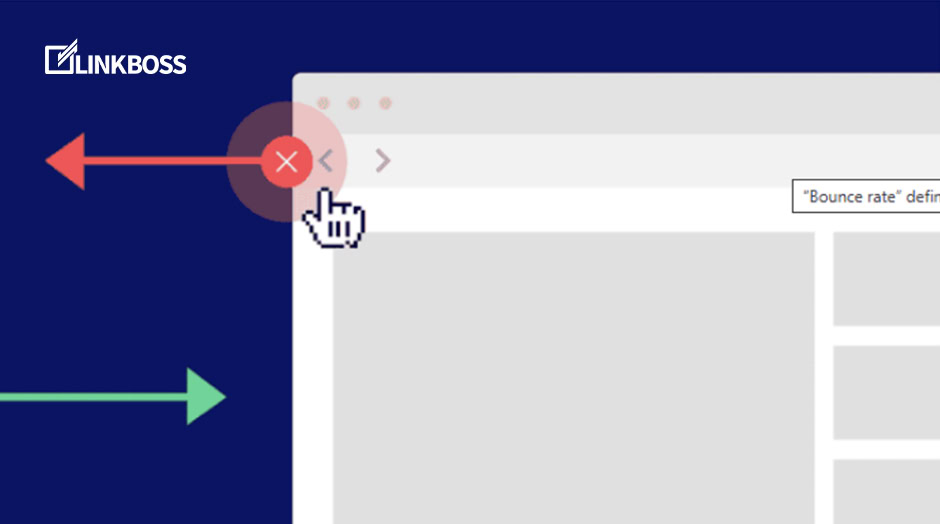
The bounce rate can vary from industry to industry. This is not alike in all the industry. But, maintaining an idea bounce rate is essential.
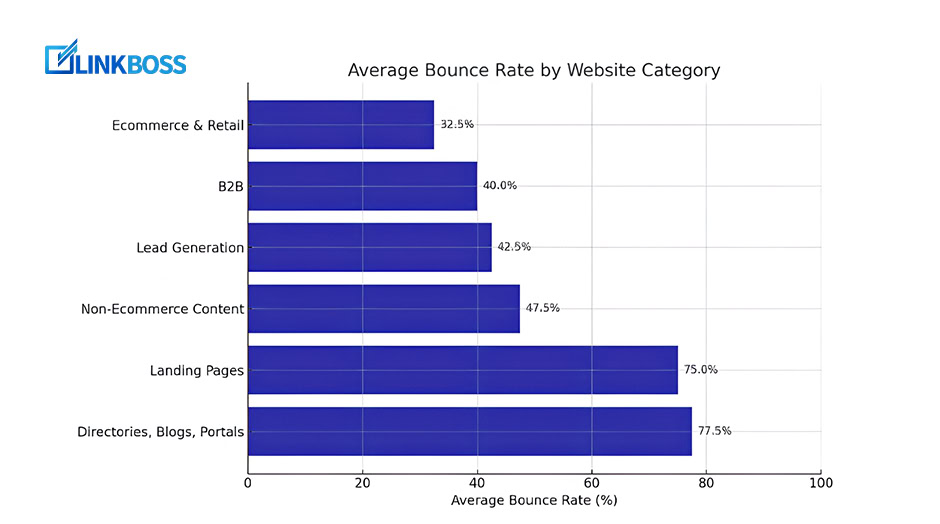
Upon analyzing the data, it becomes evident that directories, blogs, and portals experience the highest bounce rates. This indicates that visitors are leaving these sites quickly without engaging further.
In contrast, the e-commerce and Retail sectors show significantly lower bounce rates. This indicates that users are more likely to stay on these platforms to explore products and make purchases.
The bounce rate issue can be solved by maintaining proper interlinking. Internal linking allows your audience to engage and explore all the existing content on your website. This is how it is possible to lower the overall bounce rate.
Traditional VS Automated Internal Linking: Which one is worth it?
I hope you have almost understood why you should do internal linking for better crawl efficiency, topical authority, and so on.
Now, here’s a scenario:
“I have nearly 4,000 posts on my website. Linking them together is too difficult and would take too much time, which I do not have. What should I do in this situation?”
Well. This is true. If you have a vast number of posts, then it will take too much time and consume too much time than even we imagine. However, it is quite fine with a few numbers posted on a website. In this case, investing in an automated internal linking software is a waste of money.
Now, let’s look at the different sides of the coin. If you have a vast number of posts, let’s say 4000+ posts, then it can become too sophisticated to do it manually, right? Here, automated internal linking software introduce.
With the help of automated internal linking software, like LinkBoss, just a couple of clicks are required to insert the internal links to the relevant pages. These insertions will reduce the time which takes too much time by doing manually. This link insertion system is not too technical, and any person can do it effortlessly.
In an automated internal linking software, you can find semantically relevant links. Just select, edit, and send. The desired link will be automatically added in less than 1 minute. The most interesting part is that you will find multiple link suggestions. Thus, you can reduce the chances of inserting unnecessary or less semantic content.
In manual link insertion, you need to go through several multiple steps to link a single internal link. First of all, you need to find the semantically relevant link, which is time-consuming, and then insert the suitable for it. This is so scary.
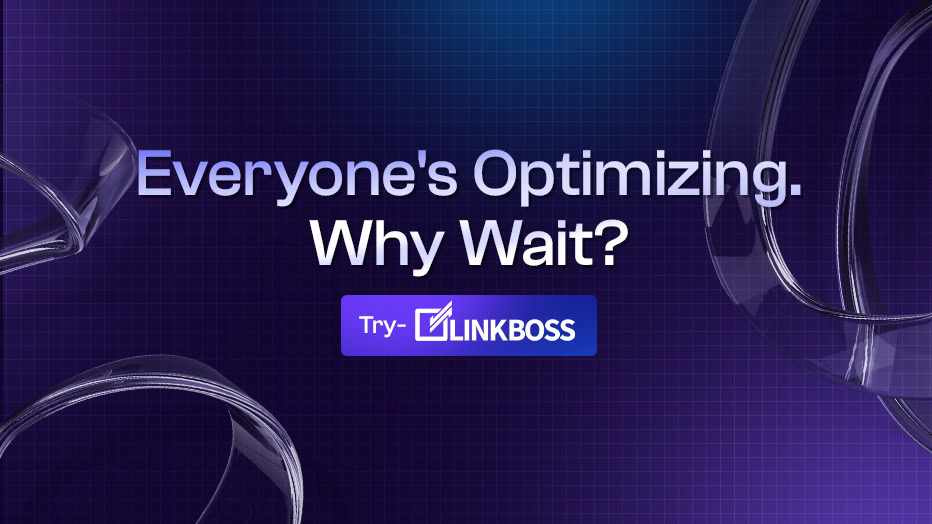
What Is The Most Effective Way To Implement Internal Links?
Let’s simplify your work with AI-powered internal linking software. You can utilize software that features an AI-driven link detection system.
For example, Linkboss has a feature that allows you to submit your desired link. After you submit the link, the AI will search for and identify the most semantically relevant links based on what you provided. That’s it! With this feature, 80% of your work is done.
Now, it’s time to check the relevance score. You will find the semantic similarity score, which is out of 100. You can choose any option based on your desired link.
It’s better to choose a score between 50 and 100. The highest score indicates the greatest relevancy.
Recommendation: Don’t click the link blindly. It is highly recommended to check the anchor text and ensure its relevance is maintained.
Check Anchor Text Optimization Guide
In Linkboss, you will find the relevant anchor that will determine whether you should edit or keep it the same.
This feature ensures that there is no over-optimization, keeping your website’s SEO in perfect condition.
Additionally, you can decide whether to keep the link in the same category or a different category. All the controls are in your hands.
Frequently Asked Questions (FAQs)
What tools can help with internal linking?
LinkBoss, Google Search Console, Ahrefs, Screaming Frog, Yoast SEO, and Link Whisper can identify orphaned pages. These tools suggest links and improve crawlability and SEO by maintaining discoverable pages.
How can I improve my internal linking?
You can check which content or pages are performing well compared to others and then link from high-authority pages. It is recommended to use keyword-rich anchor text, fix orphaned pages, and create content hubs to boost crawlability and rankings.
Should I link to every page on my site?
No need to interlink all the pages. Focus on high priority content to concentrate on the link equity. This will help to avoid interlinking irrelevant pages.
Can internal linking reduce bounce rate?
Yes. Internal linking will help your readers to engage across the website and find them insightful in each link. Thus, the percentage of bounce rate will be decreased than the average.
Final Word
Internal Linking matters to maintain better SEO practice. You have to focus on the internal linking to pull the storm on the SERP. Better internal linking will bring a vast amount of traffic that you cannot even imagine. Now, it’s time to rethink again.
If you want to do it in an organized way, try NLP and AI-powered software like LinkBoss to figure out the relevant link that needs to be inserted. But, take time, decide the relevance, and make your ranking score higher.
That’s all for today. Thank you for your effort.

